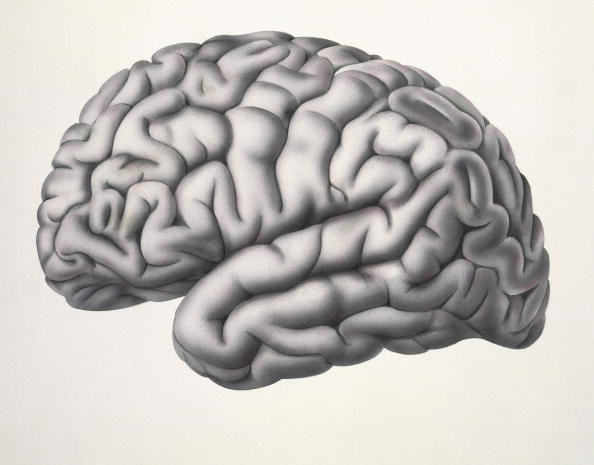Stem cells from patients' own skin provide new weapon against devastating brain tumours
The findings may pave the way for clinical trials for brain cancer patients in years to come.
Scientists have successfully reprogrammed skin cells into neural stem cells that can target and destroy devastating brain tumours known as glioblastoma. The study has so far been conducted in mouse models but paves the way for future trials in humans.
Glioblastomas are highly cancerous tumours that typically arise in the cerebral hemispheres of the brain. Average survival time following a diagnosis is 12 to 15 months.
These tumours are particularly difficult to treat because they are often made up off many different types of cells which respond differently to therapies. Furthermore, cancerous cells often proliferate everywhere in the brain, in a way that hampers the efficacy of treatments.
"The big problem with these tumours is that they spread like tentacles throughout the brain so surgeons can't really take them out. Normal chemotherapy drugs have a really hard time reaching these little invasive cells and crossing blood-brain barriers, so there is a drug delivery issue", Shawn Hingtgen, co-author of the new study, published in Science Translational Medicine, told IBTimes UK.

Reprogramming skin cells
In recent years, there has been renewed interest in finding out ways of improve delivery of cancer therapies to the brain and to better target the cancerous cells. Scientists have already discovered that glioblastomas send out signals that cause neural stem cells in the brain to hone in on the tumour. These cells do not directly kill the tumour but they act like drug-carriers, localising the cancer cells and delivering the drugs that kill them.
Transplanting neural stem cells in patients to target glioblastomas thus seemed to be an interesting option, but it meant running the risk of the cells being rejected.
"We wanted to maximise treatment in human patients and we thought that if we could have each person be their own source for stem cells that would be more effective – we wouldn't have to worry about the cells being rejected and it would be safer because people wouldn't have to go on immunosuppressive drugs", explained Hingtgen, from the University of North Carolina school of Medicine.
A year ago, he and his colleagues proved this approach was possible in mice, showing that mice skin cells could be reprogrammed into mice neural stem cells that honed in on tumours and delivered anti-cancer drugs. In the new research, they have succeeded in reprogramming human skin cells into neural stem cells, in just four days.
In mouse models of human glioblastomas, these cells were found to migrate towards the tumours and to deliver different drug combinations. They considerably shrank the cancer masses and nearly doubled the mice's survival times.
"This study is very exciting because it moves us towards human patients. Clinical trials can never come fast enough and it will still be at least a year and half to two years before we can do tests in human, but we have here taken a key step, by defining what we can do and how", Hingtgen concluded.
© Copyright IBTimes 2025. All rights reserved.




















